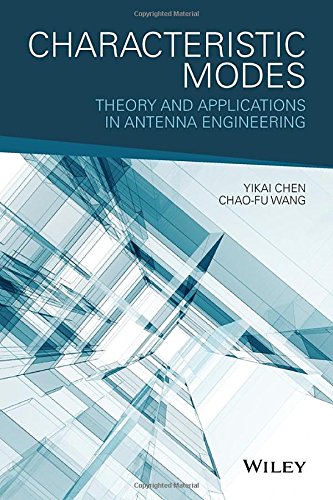

Most ebook files are in PDF format, so you can easily read them using various software such as Foxit Reader or directly on the Google Chrome browser.
Some ebook files are released by publishers in other formats such as .awz, .mobi, .epub, .fb2, etc. You may need to install specific software to read these formats on mobile/PC, such as Calibre.
Please read the tutorial at this link. https://ebooknice.com/page/post?id=faq
We offer FREE conversion to the popular formats you request; however, this may take some time. Therefore, right after payment, please email us, and we will try to provide the service as quickly as possible.
For some exceptional file formats or broken links (if any), please refrain from opening any disputes. Instead, email us first, and we will try to assist within a maximum of 6 hours.
EbookNice Team

Status:
Available0.0
0 reviewsDescribes how to systematically implement various characteristic mode (CM) theories into designs of practical antenna systems
This book examines both theoretical developments of characteristic modes (CMs) and practical developments of CM-based methodologies for a variety of critical antenna designs. The book is divided into six chapters. Chapter 1 provides an introduction and discusses the recent advances of the CM theory and its applications in antenna engineering. Chapter 2 describes the formulation of the characteristic mode theory for perfectly electrically conducting (PEC) bodies and discusses its numerical implementations. Chapter 3 presents the CM theory for PEC structures embedded in multilayered medium and its applications. Chapter 4 covers recent advances in CM theory for dielectric bodies and also their applications. Chapter 5 discusses the CM theory for N-port networks and its applications to the design of antenna arrays. Finally, Chapter 6 discusses the design of platform-integrated antenna systems using characteristic modes.
This book features the following:
Characteristic Modes: Theory and Applications in Antenna Engineering will help antenna researchers, engineers, and students find new solutions for their antenna design challenges.